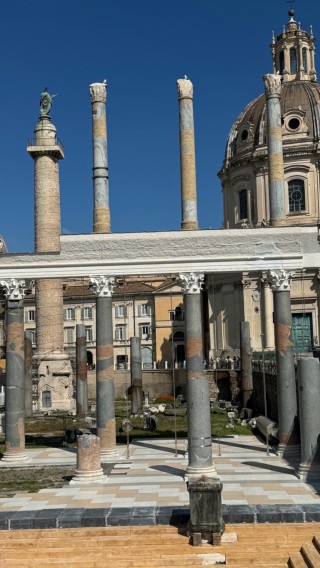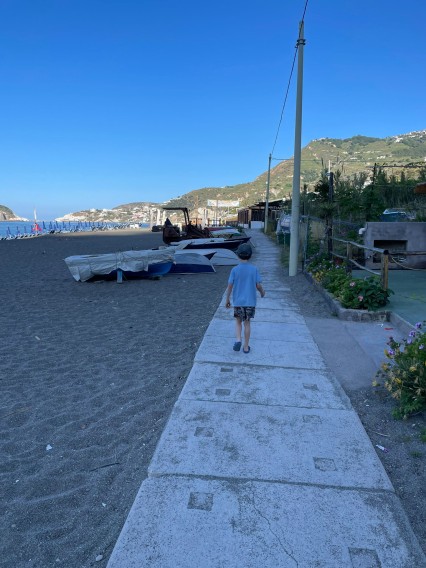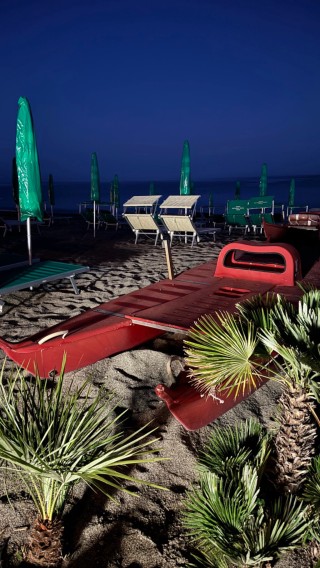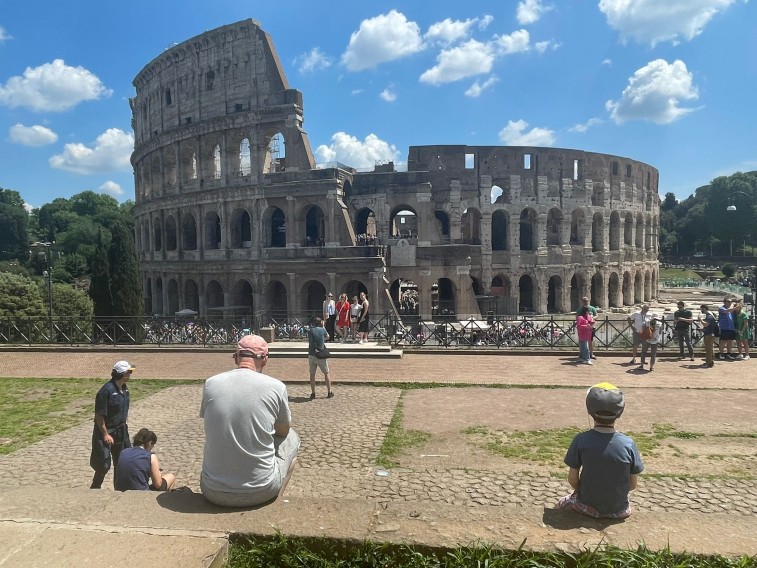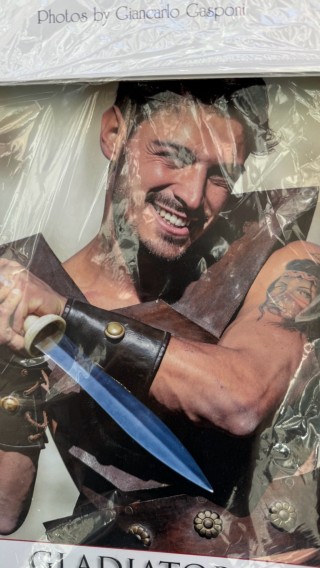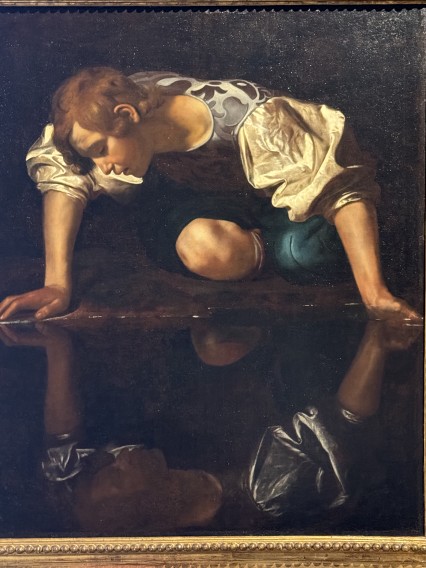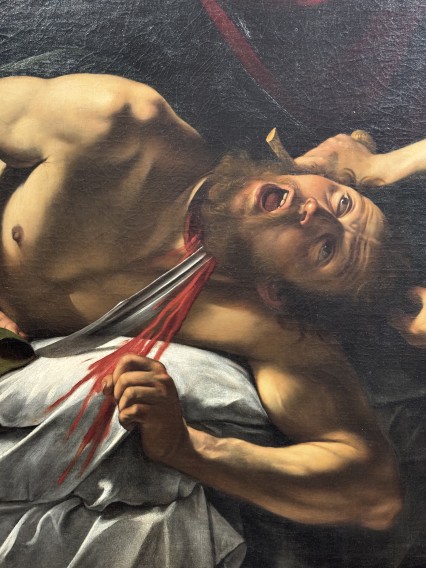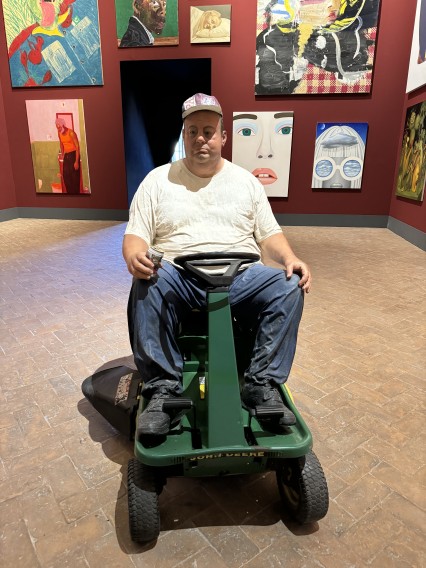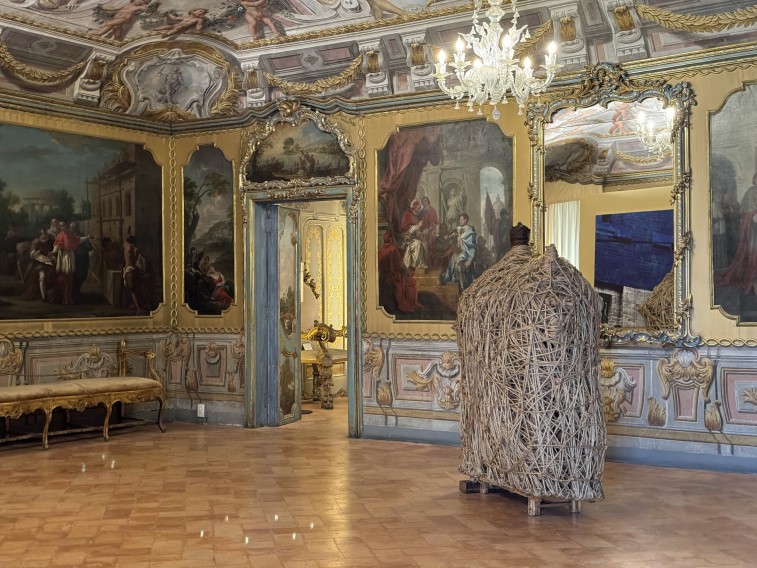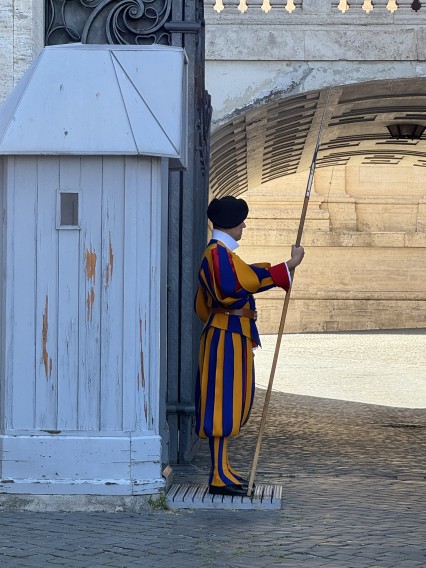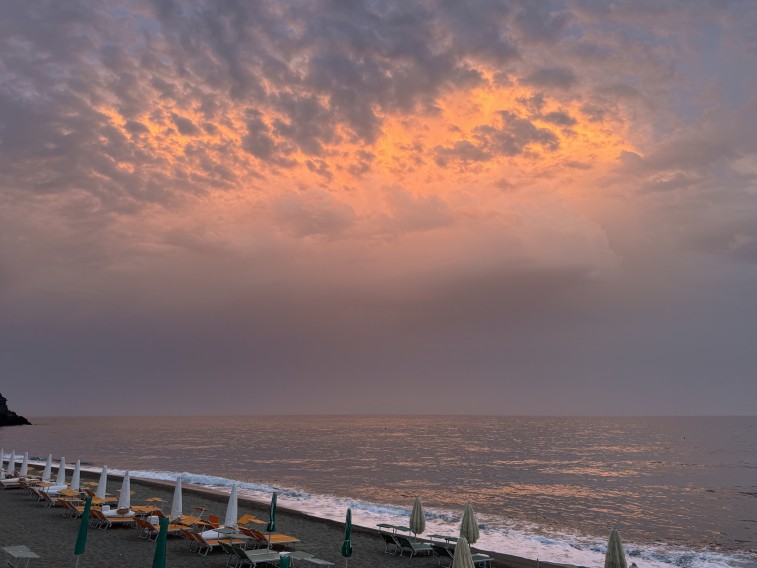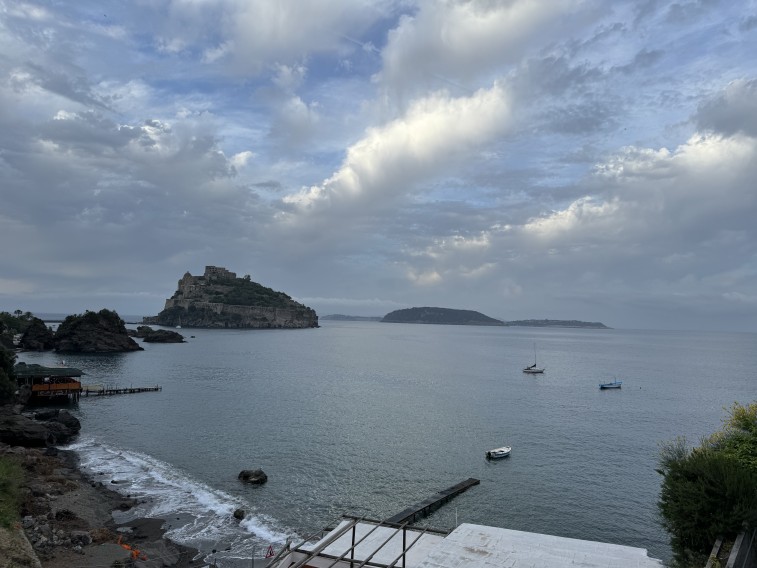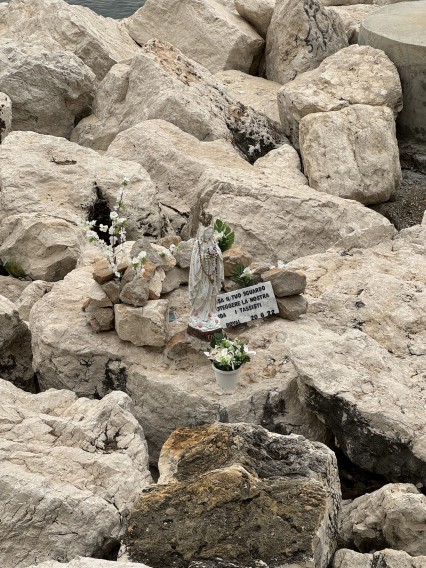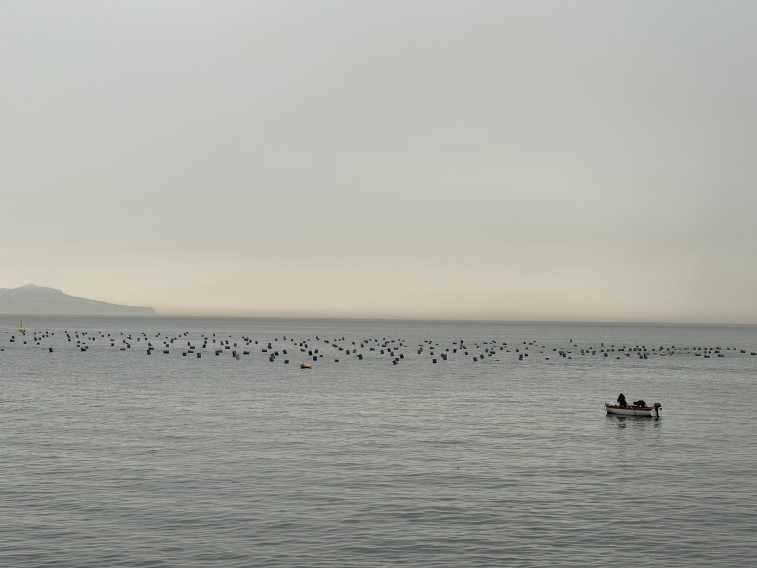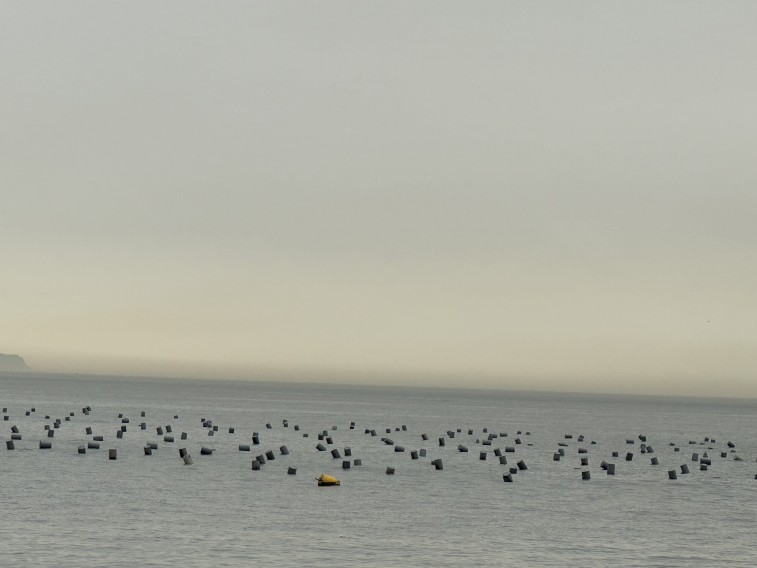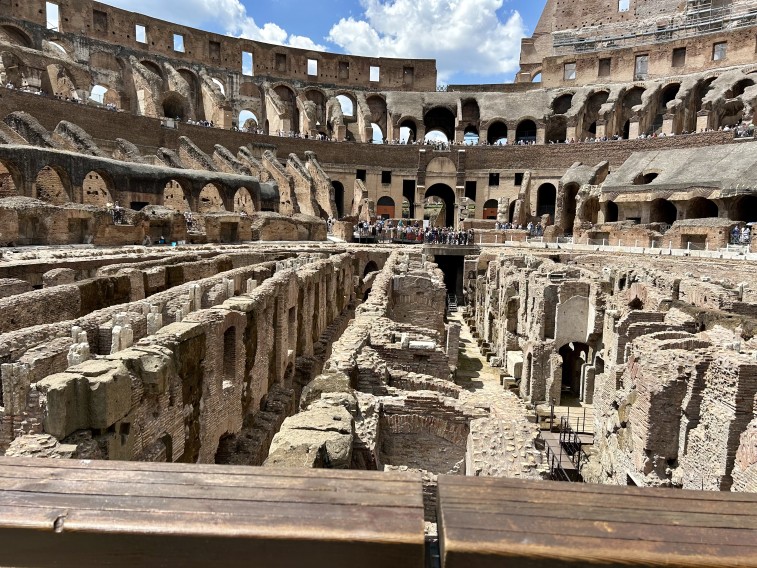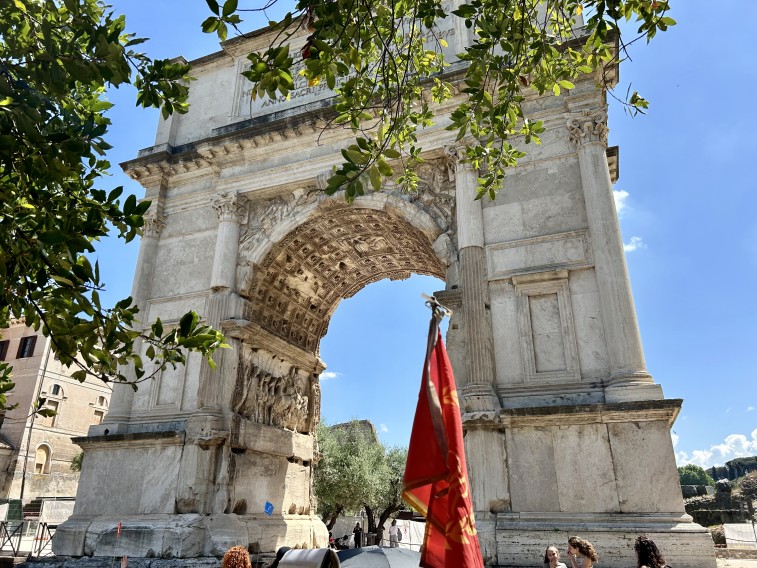Mathias Kessler
As part of FREE AWAY.
On my trip in Italy during my Away Residency, I aimed at photographing particulate matter at sunsets and process this as works of art. That idea already came up in 2014 when I read a scientific study by Christos Zerefos, a meteorologist from Athens, Greece, in which he analyzed more than 800 paintings dating from 1500 to 1900 with regard to the colors of the sky. The painters working in that period frequently only depicted what they saw in their works and the colors of the sky can provide insights into the amount of particulate matter in the air. This means that certain geological or meteorological events causing a shift in the red-to-green ratios in the sky can be identified. Examples of such events are volcanic eruptions, sand storms carried from the Sahara to Europe and major fires.
An interesting example is the “Year without Summer” of 1816 that was unusually cold especially in the northeast of America and in the west and south of Europe. Today, the main cause is seen in the eruption of the Indonesian volcano of Mount Tambora in April 1815 that is considered to have been considerably stronger than the eruptions of Vesuvius in 79 AD and Krakatau in 1883. Turner's paintings dating from this period show an orange sky due to the particulate matter produced by the volcano.
My project is to find those places and take pictures of sunsets. By analyzing the red-to-green ratio of those photos I want to determine how much anthropogenic particulate matter has been added due to cars, industry, heating, etc. Subsequently, these photos and color analyses are processed in my studio and converted into gradation paintings.
My "Away Studio" is both in Italy – Rome, Naples, Tuscany – and in Catskill, New York, where I follow the tracks of 18th century painters and gather further information for my work.
| 1. | My stay in one word: |
| On the way to photographing particulate matter at sunset. | |
| 2. | Dos & don’ts in this place: |
| Unfortunately, bad weather is not good for my project. | |
| 3. | Things I miss since I am no longer there: |
| Nothing at all | |
| 4. | Where to shop great supplies: |
| As my project is based on the reproducibility of the colors of the sky I brought my camera equipment, i.e. I do not need a lot of material. Of course, you can get everything in Rome. | |
| 5. | What you should definitely bring with you from home: |
| 6. | Concerning art at this destination and where I visited the best exhibitions: |
| Rome: Palazzo Barberini – New American Realism, Day for Night, Ermes Ermes Gallery, FOROF Musuem | |
| 7. | Around the studio – where I shop, drink my coffee and get the best lunch deal in walking distance: |
| I have been awarded the Away Studio, i.e. I am on the move, but in Tuscany, I stay at Villa Lena, an agriturismo in Palaia, and I also eat at Villa Lena. | |
| 8. | Where I like to spend the evening (dinner, drinks, best sound and networking opportunity): |
|
Here I often spend the evening having dinner and a drink, enjoying good musing or networking. As I am traveling – Rome, Naples, Tuscany – to find and photograph various places, this changes. In Rome I was supported by friends, Ermes Ermes Gallery, and in Tuscany the Villa Lena Art Foundation took care of us. In Naples, friends of the Mori Foundation provided assistance as did Mark Dion and Mildred’s Lane in Catskills, upstate New York.
Here is my list for Rome: for a standing lunch or a snack you definitely have to go to the Forno bakery at the Campo dei Fiori – for us, the best pizza al taglio of the world. If you want to eat more, you cross Piazza Farnese, turn left before the Renaissance palace Palazzo Farnese and go to Osteria La Quercia in Piazzetta La Quercia. If you want to have a coffee afterwards or an aperitivo before your meal, you can go to nearby Caffè Peru in Via di Monserato, also a nice place where many Romans meet. Close to Piazza Navona: Da Francesco in Piazza del Fico. This is a long-established, family-owned trattoria. If you want to see the sophisticated side of Rome, you should have an aperitivo in Piazza San Lorenzo in Lucina. In Trastevere: Trattoria da Augusto at Vicolo de Renzi. In Testaccio (we stayed nearby): Da Felice (try cacio e pepe!), Checchino or Angelina with a big terrace in Via Galvani In Monti: Rocco, Via Giovanni Lanza 93 Close to the Jewish ghetto: Bottega 13 On the Tiber Island: enjoy a coffee or drink in the small bar Stroll on Aventino and enjoy the view from the terrace of the Giardino degli Aranci. There are still so many things to discover, but time is limited. Walking down to Testaccio and strolling through the market... Wandering through Monti and drinking coffee in the central Piazza della Madonna dei Monti. Monti is one of the oldest quarters of Rome, but also one of its most modern ones. |
|
| 9. | What would have been useful to know before coming here and starting my residency: |
| My studio is outdoors, the place where something is happening – in this case, the places where paintings were created 200 years ago. This requires a lot of researching and traveling, which I would not have been able to do without the grant. Many thanks! In my case, good planning was a must and we researched as well as possible. I also went to Athens to talk with the scientist Christos Zerefos about where the paintings are and what you have to look out for. This step-by-step approach made everything easier. |
Website resident: mathiaskessler.com

